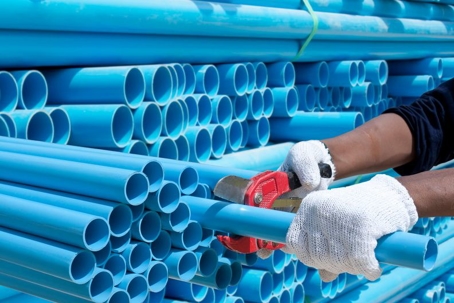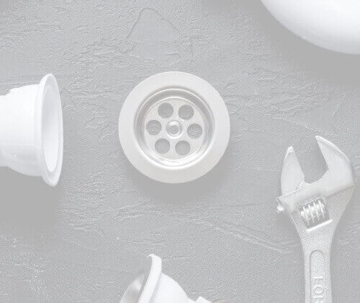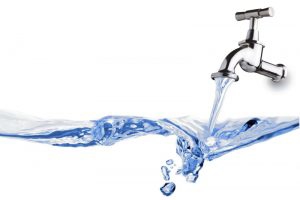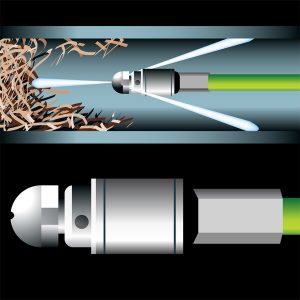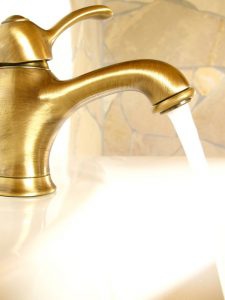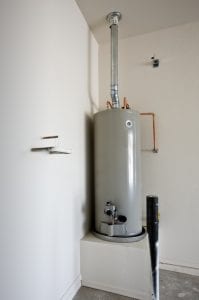Indoor plumbing may be used as the yardstick for all other convenient inventions (along with sliced bread, apparently, although we don’t understand how indoor plumbing and sliced bread are remotely the same when it comes to convenience), but that doesn’t mean it hasn’t undergone extensive changes over the hundred-plus years since it became commonplace.
One of the major improvements in plumbing is piping material. Once, the standard for pipes were iron, lead, steel, and clay. After the Second World War, these materials started to be replaced, and the process sped up after 1970. Today, plumbers use copper and a range of plastics such as CPVC (chlorinated polyvinyl chloride) and PEX (crosslinked polyethylene) for repiping and pipe replacement jobs, as well as new construction.
One of the reasons to call on only licensed professional plumbers—and believe us, there are many—is that only an experienced plumber knows the right type of piping material to use. Making the correct choice affects how well a plumbing system works, prevents future repair issues, and also reduces the cost of the job. Below are the reasons we rely on copper and plastic pipes to meet all these criteria:
Corrosion Resistance
Older types of pipes corroded simply from contact with the soil. But copper and plastic pipes are corrosion-resistant and won’t corrode under most circumstances. There are still some types of corrosion that will affect copper pipes, but you can depend on them and PEX and CPVC to enjoy long lives that outdistance iron and steel.
Easy to Work With
Copper and plastic make plumbing easier—which means it’s faster and less expensive, and there’s less chance of something going wrong. They weigh less and are ductile enough to allow for installation without elbows and joints. Flexible plastic piping is especially helpful for fitting into small spaces.
Conducts Heat Well
Hot water is a major force for wearing down pipes, but the conductive power of copper and plastic handles heat with minimal trouble. Plastic pipes are the favored material for most hot water lines.
Low Cost
Copper and plastic are readily available materials that cost less to purchase than other types of metals. It costs much less to have a job done this way.
Non-Toxic
Both copper and plastics are relatively non-toxic substances, and since they rarely corrode they won’t leak toxic materials into the fresh water supply. This is why cities replace their old lead pipes with these materials.
Beneficial for the Environment
Copper and plastic can be recycled. When you have these pipes put in your home, you’re not only receiving a better plumbing system, you’re helping out the environment.
When you call on our licensed plumbers for your piping or plumbing repairs in Gaithersburg, MD or the surrounding areas, you can be sure we’ll use only the best materials for the job at hand. It might be copper, it might be PEX, it might be a combination of both (often it is), but you can rest easy knowing we’ll do the work right. Talk to one of our professional plumbers today to schedule service.
Mallick Plumbing & Heating is the Contractor of Choice in Silver Spring, MD & Montgomery County.

